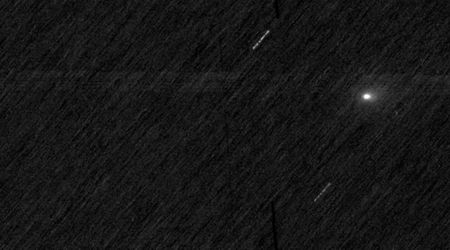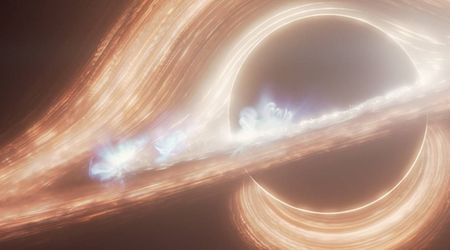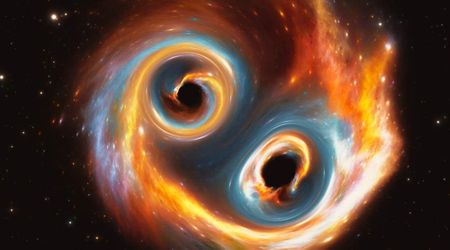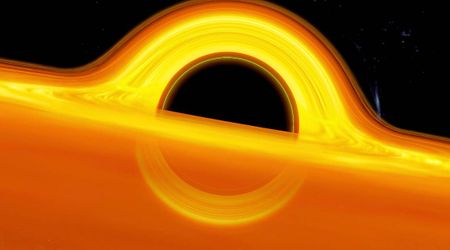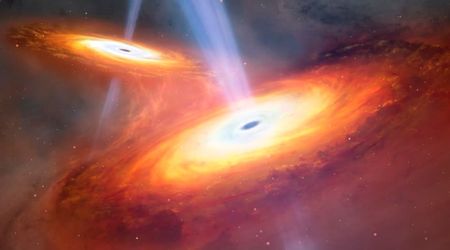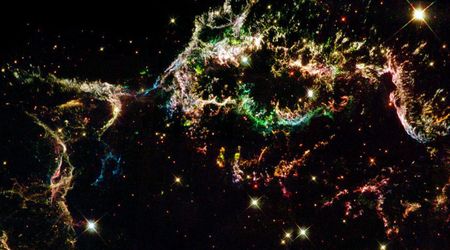Interstellar mission to black hole could span about 80 to 100 years, astrophysicist claims
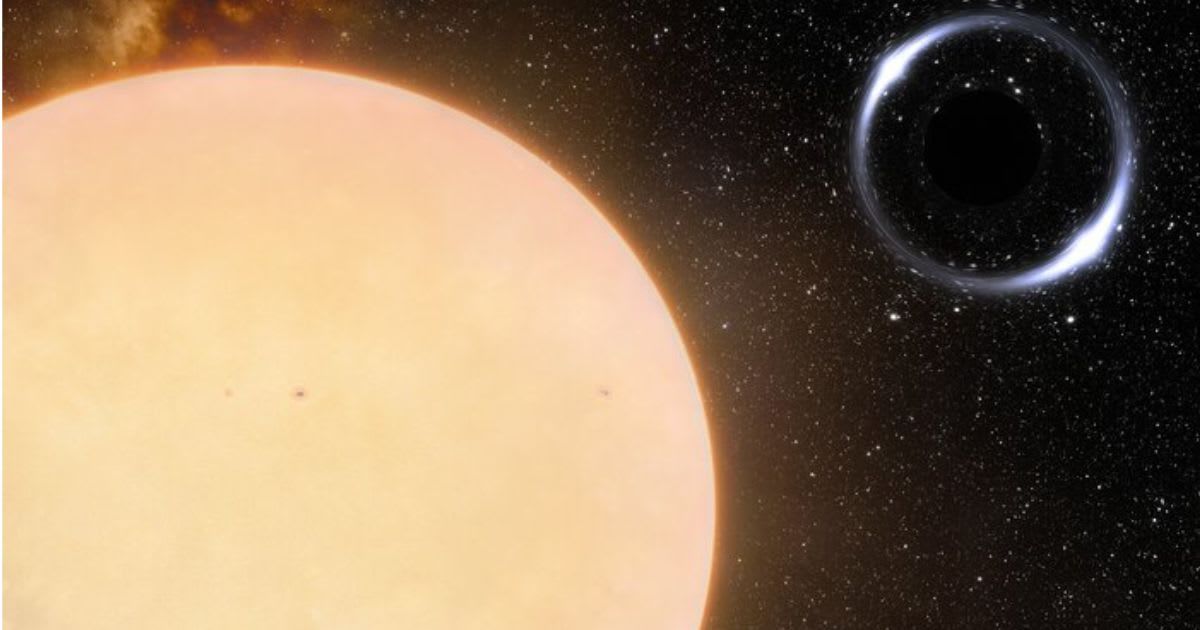
An astrophysicist is proposing a century-long interstellar mission to a black hole that would use a paperclip-sized spacecraft powered by lasers. The intrepid plan, detailed in the journal iScience, outlines how a tiny probe could be launched to study a nearby black hole and test fundamental laws of physics, as per EurekAlert!

Fudan University astrophysicist Cosimo Bambi suggests a small, gram-scale probe carrying a microchip and a lightsail could be accelerated to a third of the speed of light by Earth-based lasers. This would enable it to travel 20 to 25 light-years to a nearby black hole in about 70 years. The data it collects would then take roughly two decades to be transmitted back to Earth, bringing the total mission time to about 100 years.
Bambi acknowledges that the technology for such a mission does not yet exist, and the current cost of the necessary lasers would be astronomically high. However, he believes that within 20 to 30 years, technological advances and reduced costs could turn this endeavor into a reality. The mission hinges on two main challenges: locating a black hole close enough to target and developing a craft capable of withstanding the journey. While black holes are invisible to telescopes, Bambi is optimistic that new detection techniques could lead to the discovery of a nearby one within the next decade.

If successful, the mission could provide groundbreaking data on the nature of black holes, including whether they possess an event horizon. The collected information would also allow scientists to rigorously test Einstein's theory of general relativity under the universe's most extreme conditions. While the concept may sound like science fiction, Bambi points to historical scientific breakthroughs, like the detection of gravitational waves and the imaging of black holes' shadows, as proof that what seems impossible today could be a reality in the future.
Bambi's proposal builds on similar concepts for interstellar travel, such as Project Starshot, which aims to send a sub-100-gram nanocraft to Proxima Centauri, the closest star to our Sun, 4.2 light-years away, in just 25 years, according to IFL Science. This mission also relies on using powerful lasers to propel a lightsail-equipped probe to approximately 20% of the speed of light. However, both proposals face significant technological hurdles, including the miniaturization of the probes and the development of the powerful laser arrays required for propulsion.
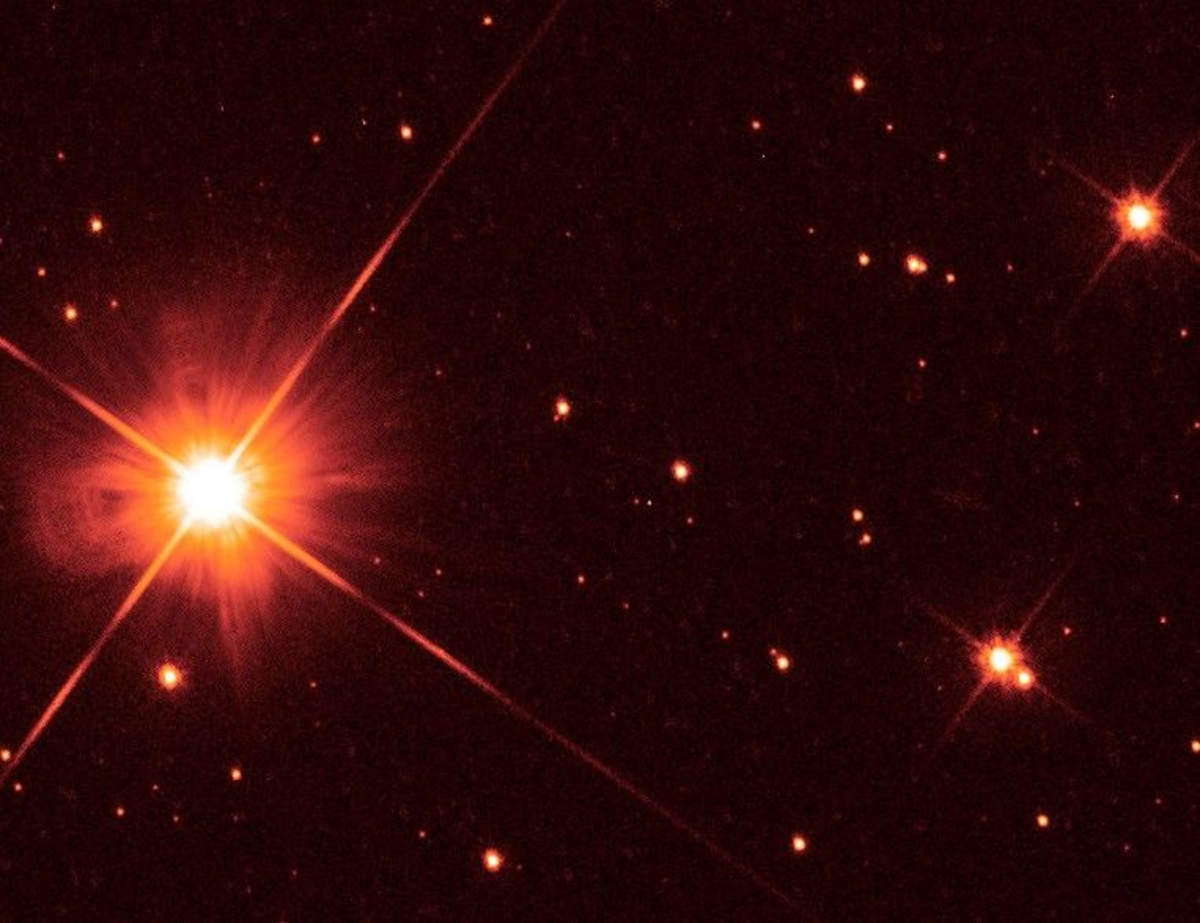
Bambi's plan specifically targets a stellar-mass black hole. While it is statistically probable that such a black hole exists within 20-25 light-years of Earth, finding it is a significant challenge. Unlike black holes that are actively feeding on matter and thus visible, these "peacefully floating" black holes are virtually undetectable. Currently, the two closest black holes discovered by the Gaia survey are much too far away for a mission of this type, at 1,560 and 3,800 light-years, respectively.
Black holes are among the most enigmatic objects in the cosmos, and while they're often studied, they are not fully understood. Despite their name, they are not empty voids but rather immense concentrations of matter compressed into an incredibly small space. This extreme density results in a gravitational pull so powerful that nothing, not even light, can escape once it crosses a boundary known as the event horizon. Unlike a planet's surface, the event horizon is a spherical boundary that contains all the matter of the black hole, defining the point of no return.

